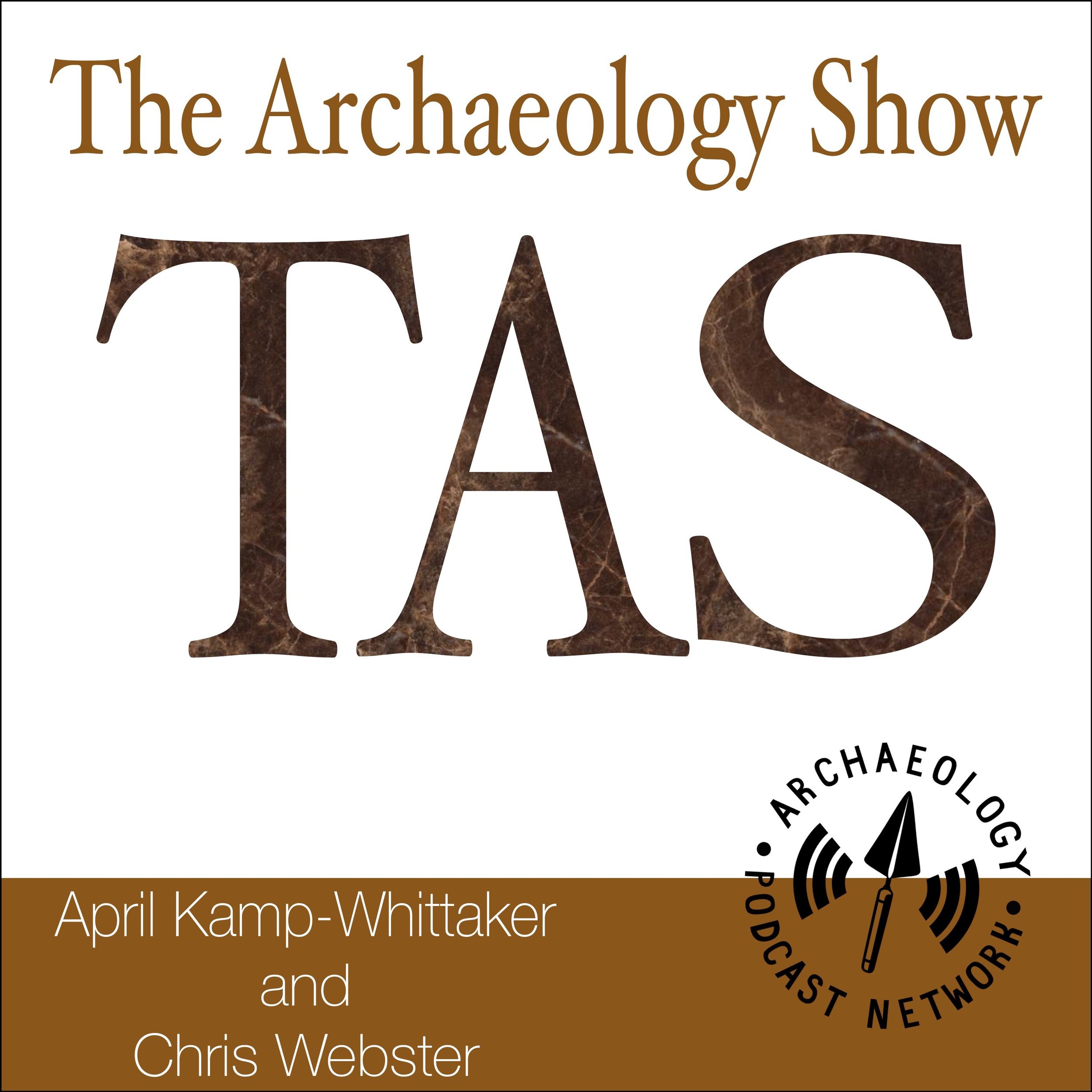Archaeology and Ale is a monthly series of talks presented by Archaeology in the City, part of the University of Sheffield Archaeology Department’s outreach programme.
Archaeology and Ale proudly presents - Leigh-Anne Baldrige on ‘Witchcraft: the best bits’. This talk took place on Thursday 22nd November at the Red Deer, Sheffield.
Leigh-Anne is the Collections Access Curator at Museums Sheffield, and can be found on Twitter at @LeighKitty1.
For more information about Museums Sheffield, visit their website at http://www.museums-sheffield.org.uk/.
For more information about Archaeology in the City’s events and opportunities to get involved, please email archaeologyinthecity@sheffield.ac.uk, visit our website at archinthecity.wordpress.com, tweet us @archinthecity, or find us on Facebook.
Content Warning: Listener discretion is advised, as there is adult language and themes. Thank you.











